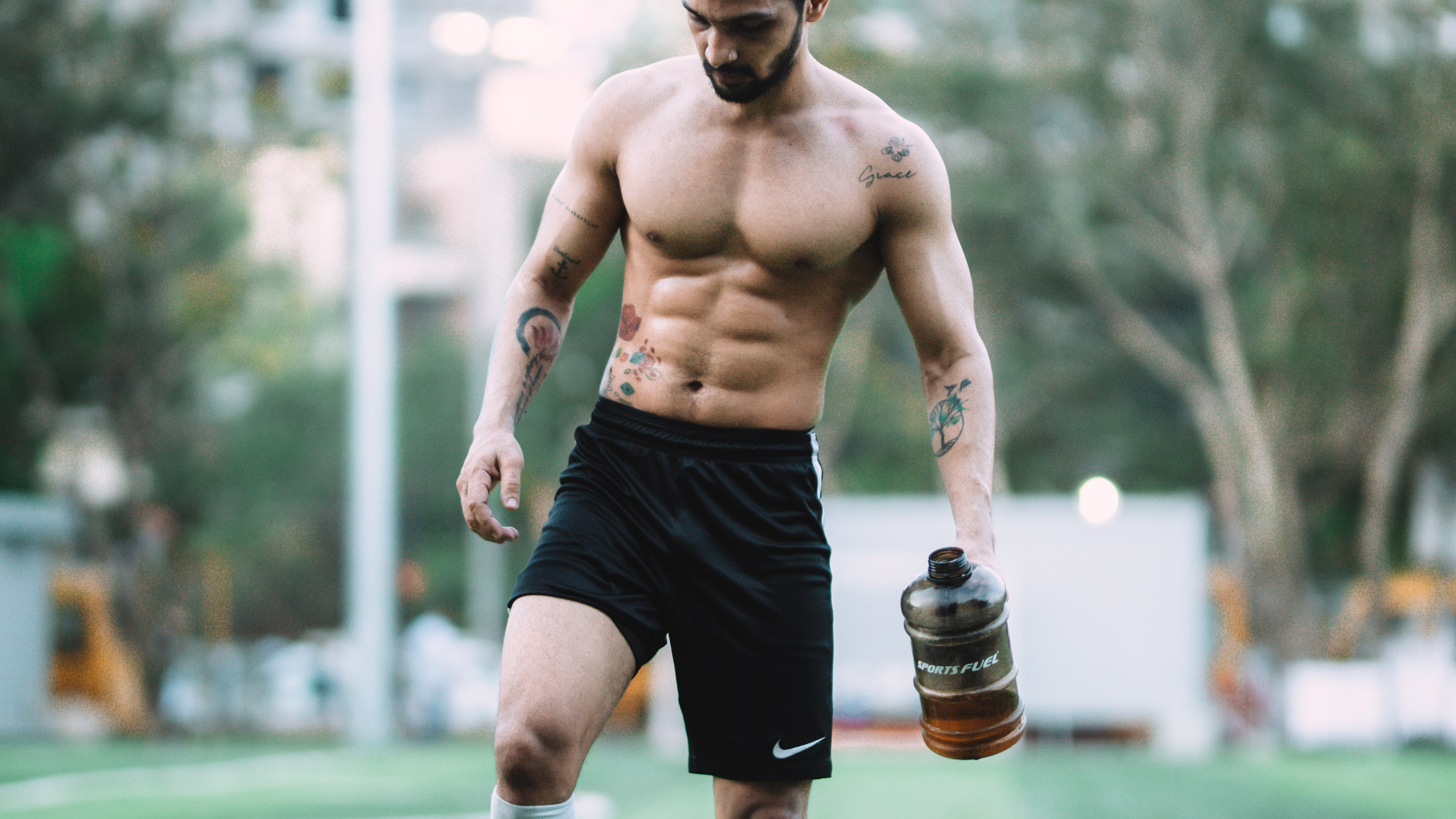
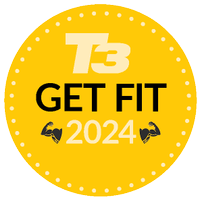

Bulking and cutting might sound like something an upholsterer might perform on a daily basis, but it is, in fact, 'bodybuilder speak' for the various stages of increasing muscle mass and decreasing body fat.
Thanks to these various cycles, it’s possible to add muscle mass by ensuring you are in a calorie surplus (eating more calories than you need on a daily basis), ensuring you are getting enough protein in your diet and adhering to a resistance training routine that involves progressive overload - or gradually increasing the weight over time.
The opposite of this phase is a cutting cycle, where those wanting to show off the rippling muscle mass they have just packed on enter a calorie deficit, essentially reducing their daily calorie intake, increasing the cardiovascular exercise and dropping fat.
“Bulking effectively during the Christmas period can be a rewarding challenge, allowing you to enjoy festive meals while still making progress toward your muscle-building goals,” explains Ultimate Performance personal trainer and gym manager Steve Chambers.
“Similarly, cutting during this period presents its own set of challenges and is clearly a little harder, given all of the food and drink that is typically available. However, it's possible to navigate this time while still making progress toward your cutting goals,” Steve explains.
In this guide, Steve focuses on either the bulking or cutting phase, divulging his top tips on the best way to steer a steady course through the sea of festive temptation.
Bulking: Enjoy festive meals, but don’t go mad
Bulking effectively during Christmas involves a mindful approach to indulgence without sacrificing progress towards muscle-building goals. Here's a practical guide to navigating the festive season.
Get all the latest news, reviews, deals and buying guides on gorgeous tech, home and active products from the T3 experts
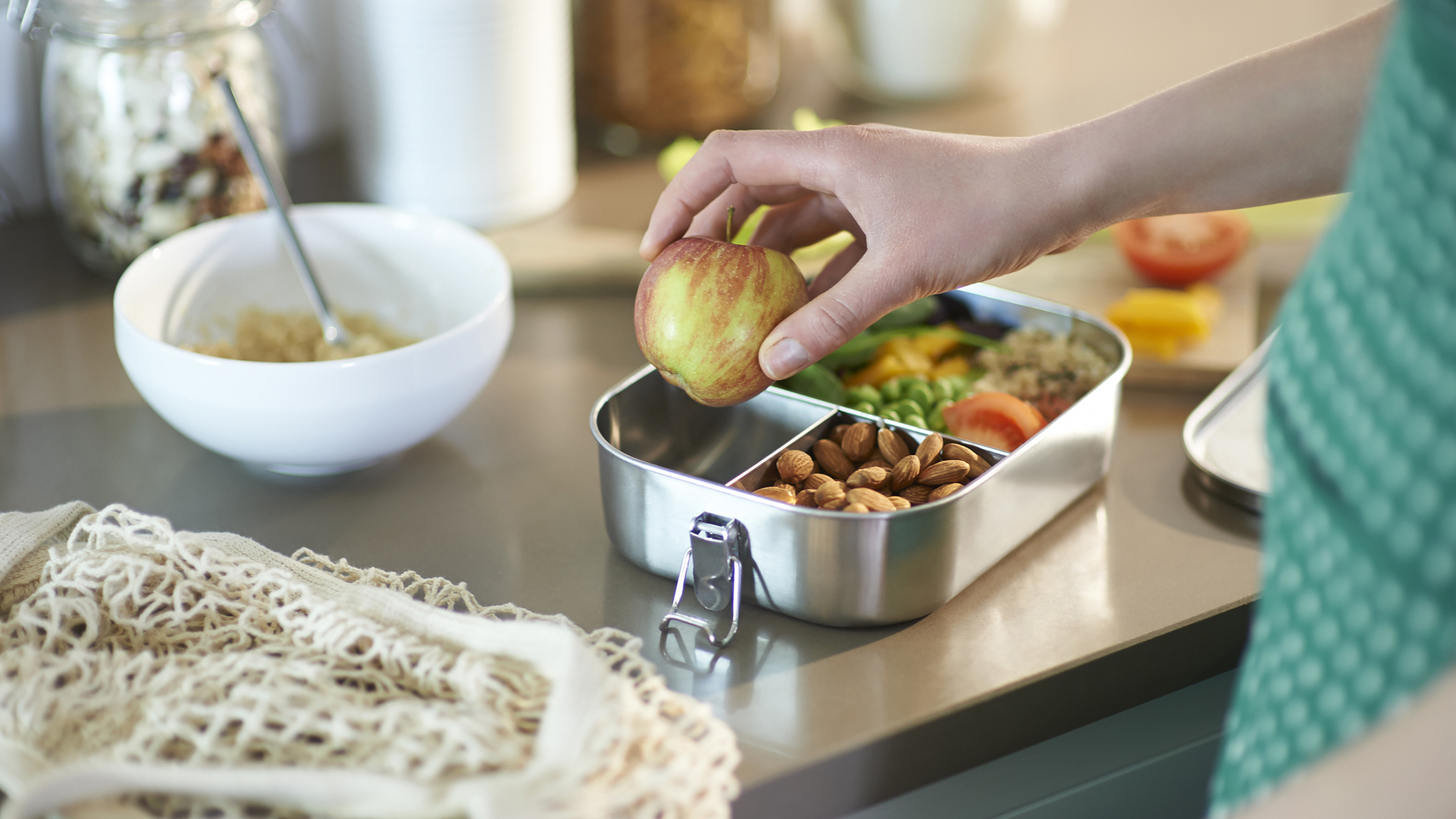
1. Meal planning
Plan meals in advance, including holiday feasts and regular daily meals. This ensures adherence to caloric and macronutrient goals while enjoying festive foods. Run these through software, such as MyFitnessPal, to get a handle on the calories and macros you are putting in.
2. Protein Focus
Prioritising adequate protein intake, and incorporating lean sources such as turkey, chicken, fish, and legumes into your meals is a great way to start.
3. Portion Control
Pay attention to portion sizes during holiday meals to avoid excessive caloric intake while savouring the flavours by eating slowly. You are bulking, but you don’t want to be in a massive calorie surplus, as that will just turn to fat.
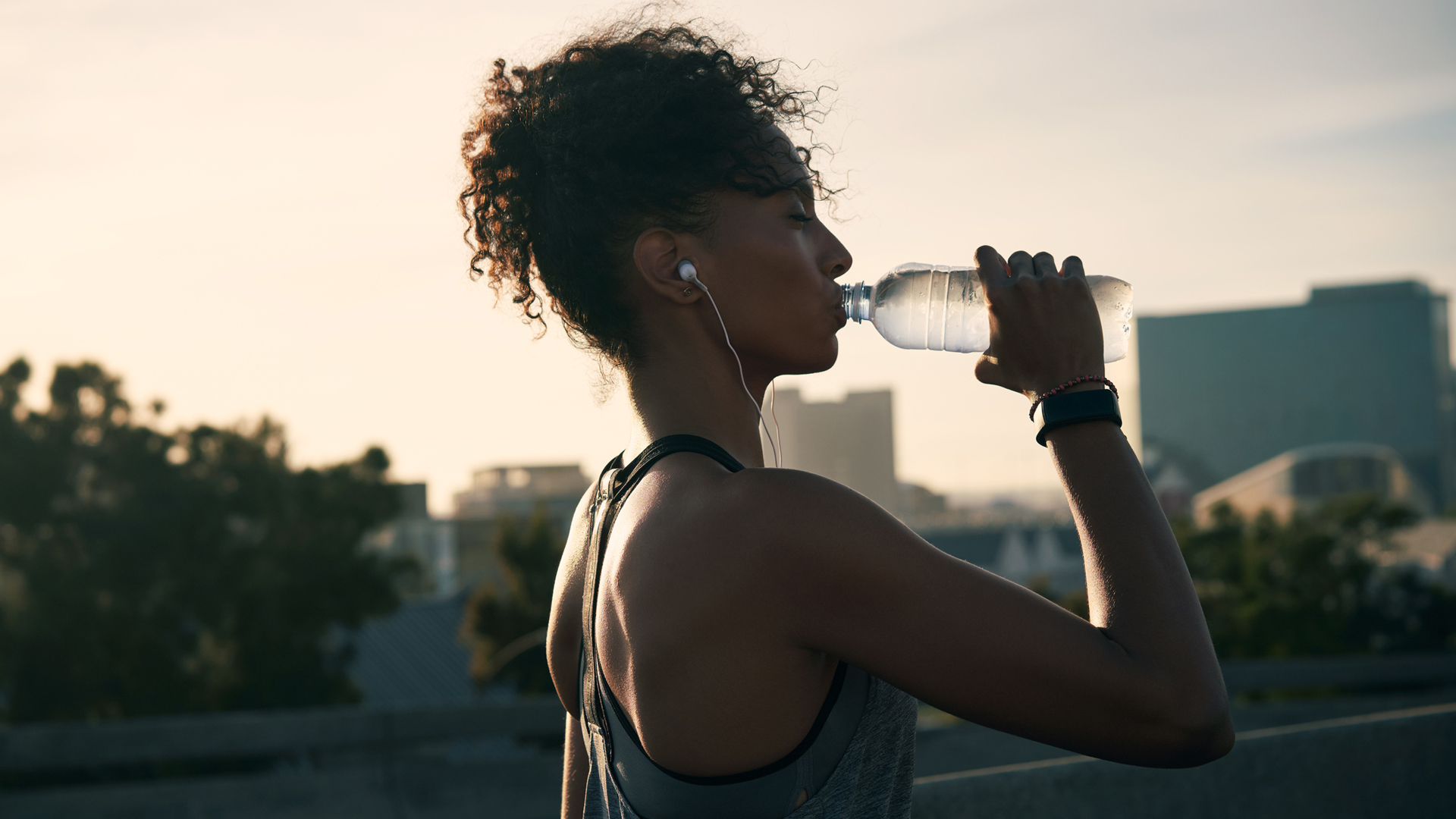
4. Hydration
Stay adequately hydrated throughout the day, especially before meals, to help manage appetite.
5. Vegetable Inclusion
Incorporate lots of nutrient-dense vegetables into holiday meals to provide essential vitamins and minerals while controlling overall caloric intake.
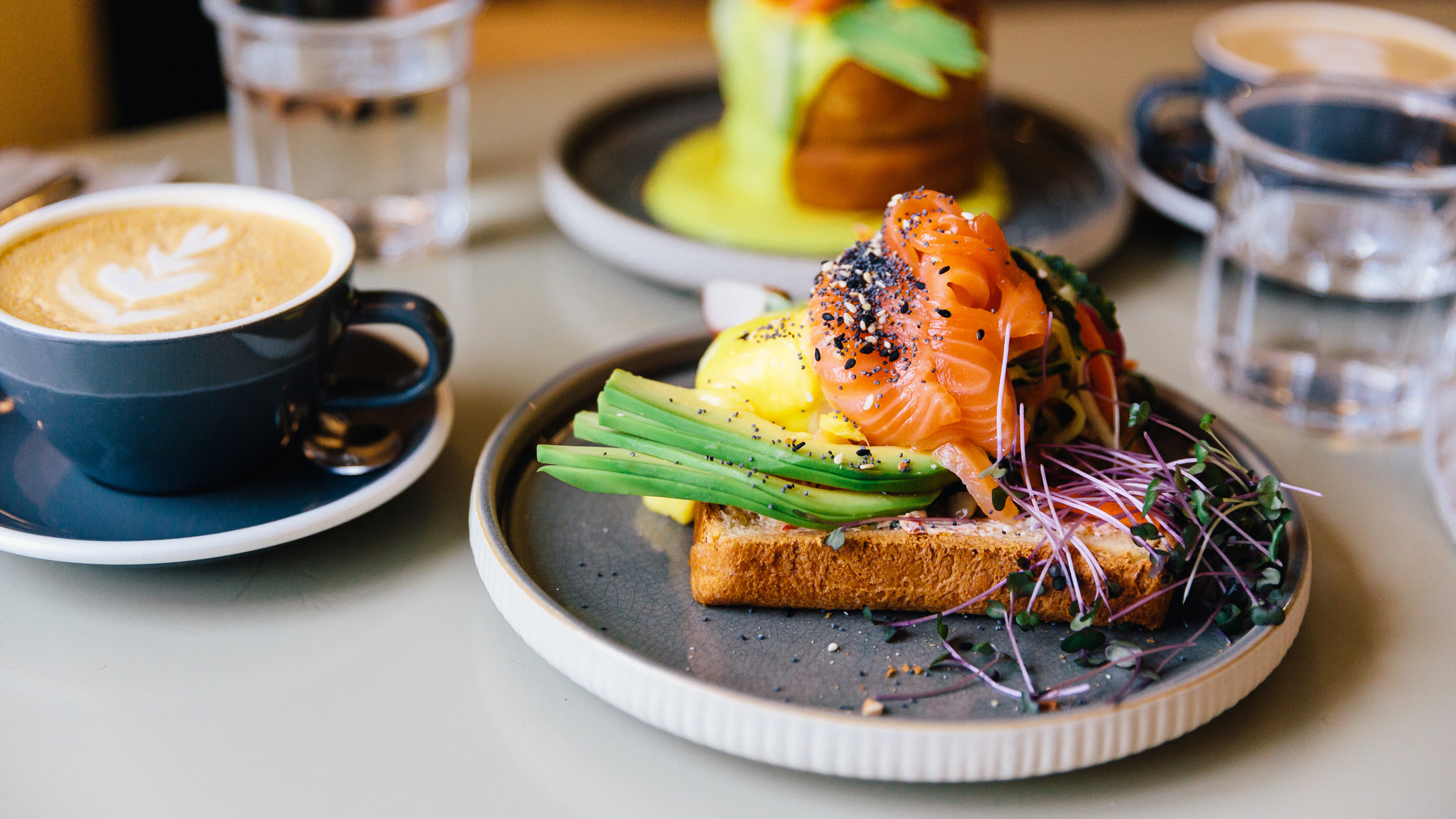
6. Mindful Eating
Practise mindful eating by savouring each bite and paying attention to hunger and fullness cues to prevent overindulgence.
7. Healthy Snacks
Keep healthy snacks such as nuts, yoghurt, or fruit on hand to fill gaps between holiday meals.

8. Consistent Training
Stick to your regular workout routine as much as possible. Consistent strength training is essential for muscle growth.
9. Balance Macronutrients
Aim for a balanced mix of proteins, fats, and carbohydrates in your meals to support overall nutrition and energy levels.
“Remember that enjoying the festive season and socialising with friends and family are integral aspects of life. Striking a balance between fitness goals and festive celebrations can contribute to a positive and sustainable approach to bulking during the festive period and beyond,” Steve adds.
Cutting: don’t give in to temptation
It might seem counterintuitive, but you can use much of the advice from the bulking element above during a cutting phase. Of course, the most important thing is to make sure you are in a calorie deficit each day, so meal planning is rule number one here - that includes tracking calories and macronutrients.
But again, you don’t need to be in a massive daily deficit to shed fat, around 500 calories less than what you need (use an online calorie calculator if you don’t know this) should be more than enough to see results.
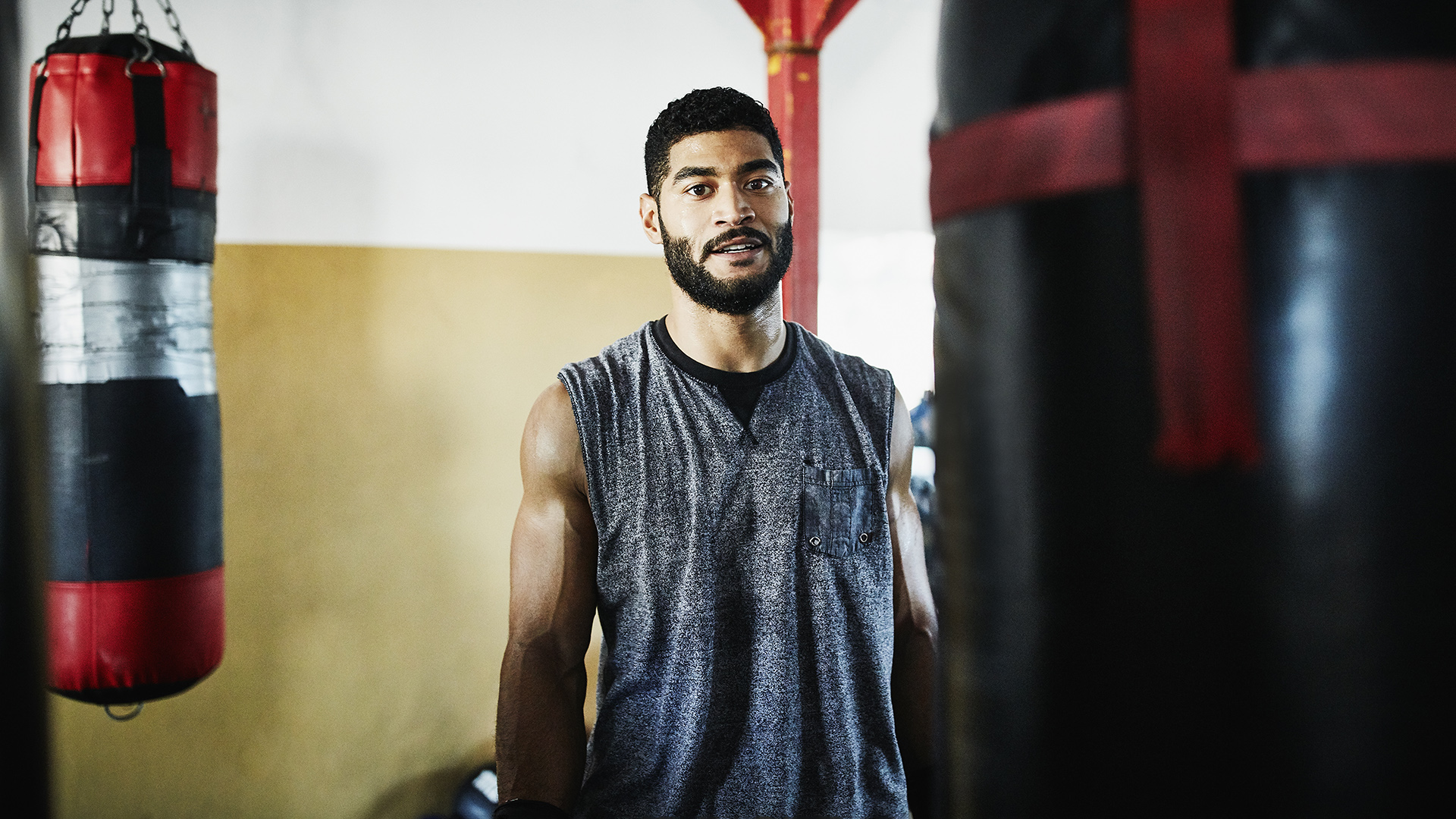
1. Realistic Expectations
Recognise that some deviation from strict cutting plans may occur during holiday celebrations. Set realistic expectations for progress during this period.
2. Selective Indulgence
Be selective with indulgences, opting for smaller portions and prioritising treats that are genuinely enjoyed. Keep them small and not too often. Don’t forget to count the calories.

3. Protein Emphasis
Emphasise protein-rich foods to support muscle retention during the cutting phase. This is particularly important to retain the muscle mass you gained during a bulking phase.
4. High-Fibre Foods
Include high-fibre foods like vegetables to control appetite and promote satiety.
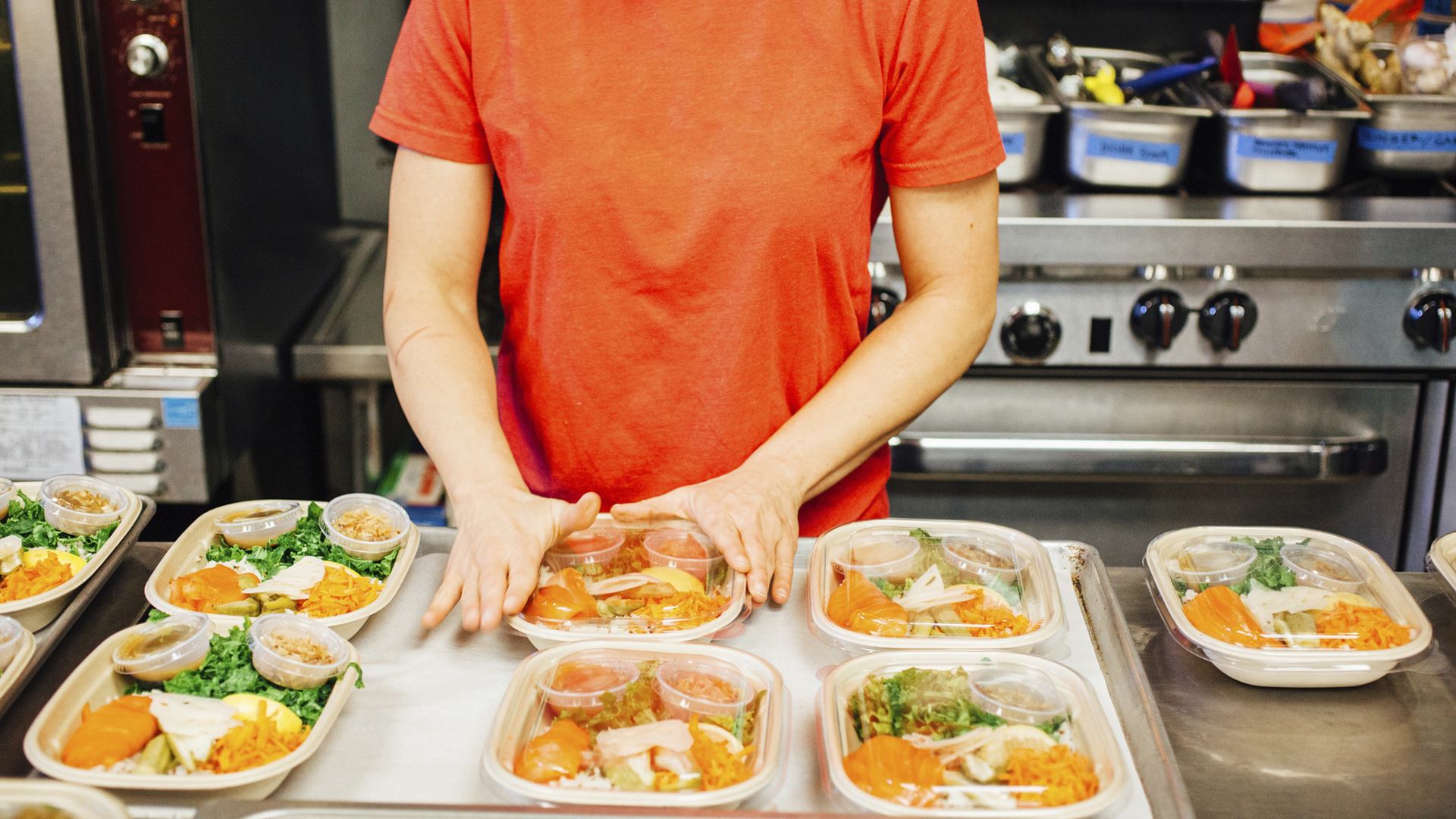
5. Meal Planning
Plan meals in advance and track food intake to ensure adherence to calorie and macronutrient targets.
6. Exercise Routine
Continue with the regular exercise routine, incorporating both cardiovascular exercise and strength training to support fat loss and muscle retention.
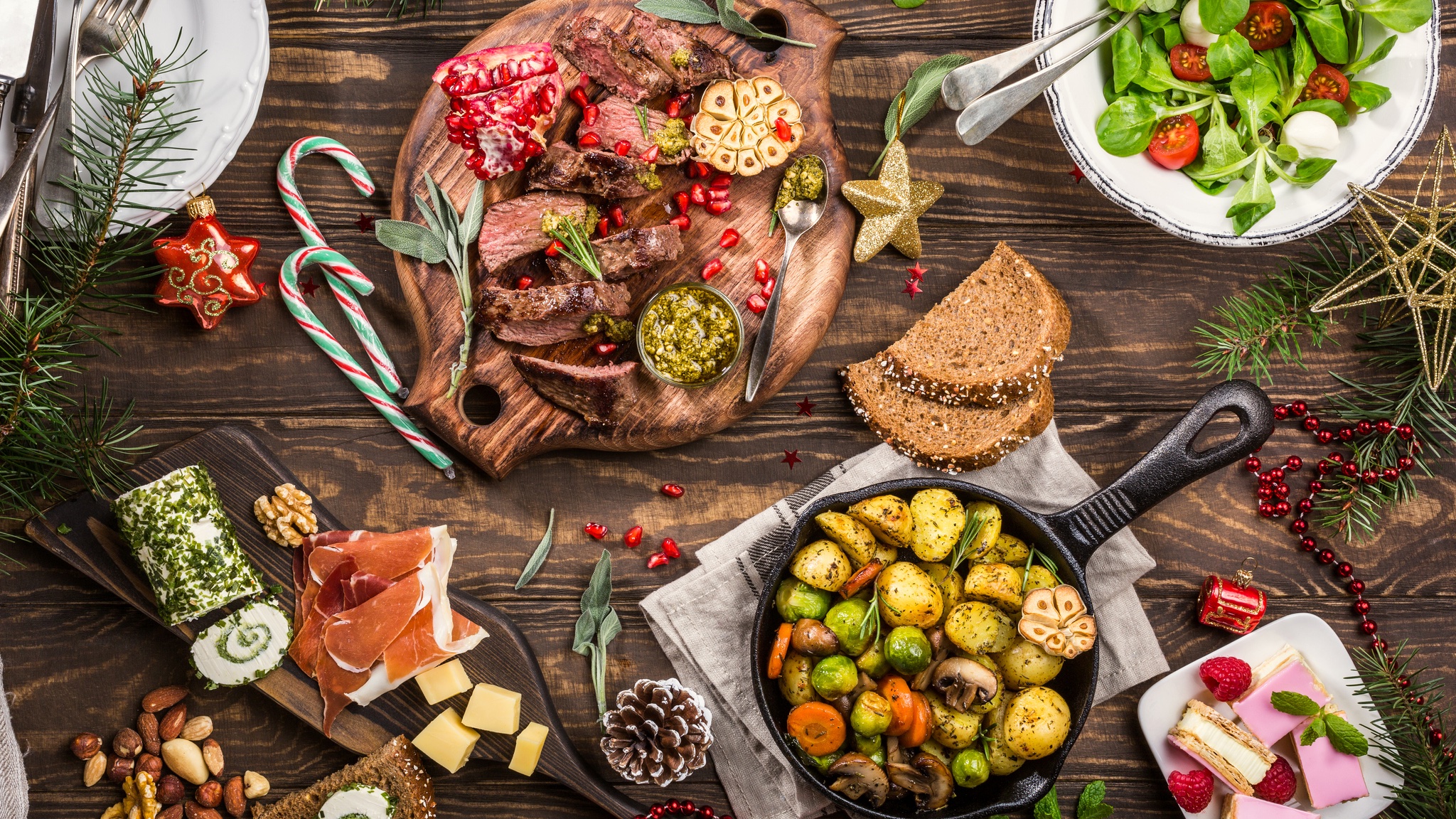
7. Balanced Approach
Find a balance that allows enjoyment of the festivities while making mindful choices to support cutting goals.
8. Flexibility
Adapt your approach based on circumstances, ensuring a flexible but strategic plan.
This feature is part of T3's Get Fit 2024 campaign. We’ll be bringing you a wealth of guides, features, deals and news to help you get healthy, fit and ready for anything the new year can throw at you. Whether you’re a newcomer to fitness or someone with a passion for it, we’ll bring you all the best workouts, diet advice and gear to set you on the right track.
Leon has been writing about automotive and consumer tech for longer than he cares to divulge. When he’s not testing the latest fitness wearable and action camera, he’s out in a shed fawning over his motorcycles or trying not to kill himself on a mountain bike/surfboard/other extreme thing. He's also a man who knows his tools, and he's provided much of T3's drills coverage over the years, all without injuring himself.
